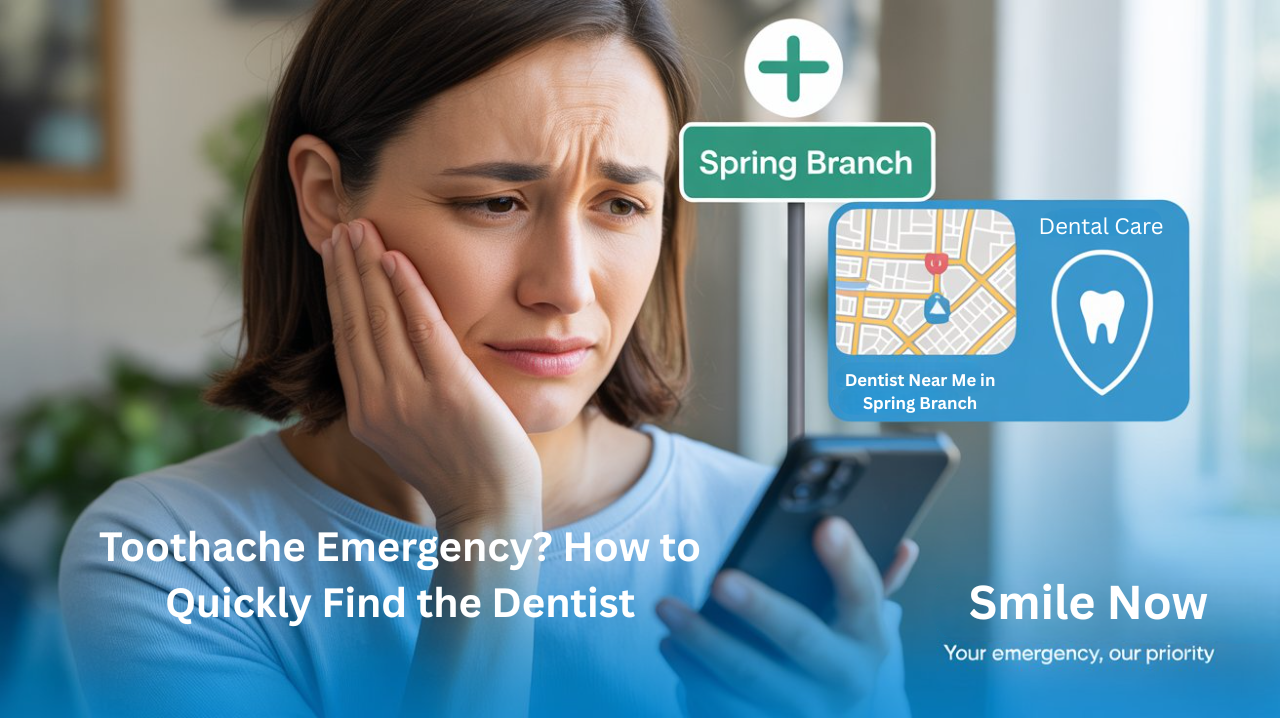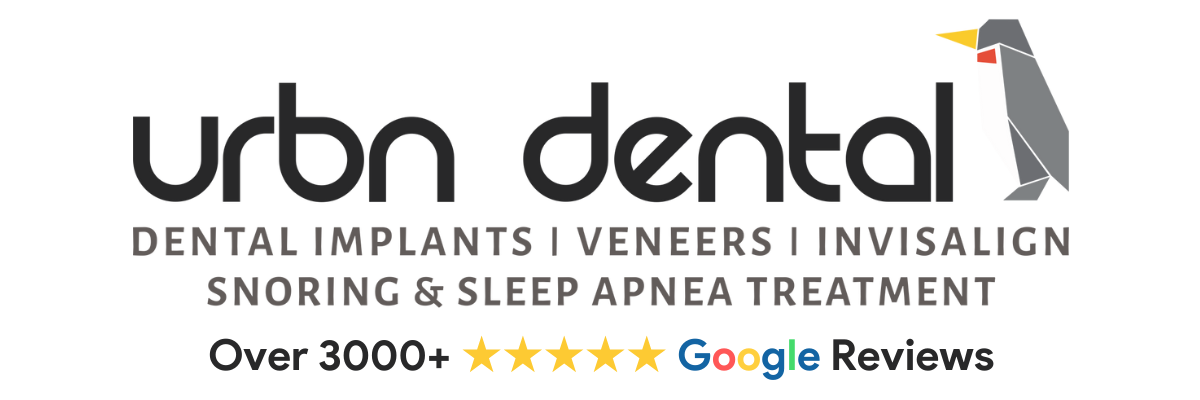
A sudden toothache can turn an ordinary day into a long, uncomfortable one. The throbbing, the sensitivity, or the sharp twinge when you bite down can leave you scrambling for relief. In that moment, the last thing you want is to waste time figuring out where to go. Knowing how to find the right Dentist Near Me in Spring Branch before an emergency happens can save you a lot of stress.
This guide walks you through simple, practical steps for choosing a trusted dentist in your area, what to expect when you visit, and how to prepare if you ever face a dental emergency.
Recognizing a Dental Emergency
Not every toothache means an emergency, but it’s smart to know when you should seek care quickly. Some signs you might need urgent dental attention include:
- Persistent pain that doesn’t improve with basic care
- Swelling in your gums, jaw, or face
- Pain when chewing or biting
- A tooth that feels loose or has been knocked out
- Signs of infection, such as warmth or discharge
If you’re unsure whether it’s an emergency, calling a trusted dentist in Spring Branch for advice is the safest choice. They can guide you on whether to come in right away or schedule the next available appointment.
Step 1: Search Smartly Before the Pain Hits
The best time to find a dentist is before you actually need one. This way, you won’t be scrolling through dozens of search results while trying to manage discomfort.
Here’s a quick checklist:
- Ask for recommendations from friends, coworkers, or neighbors
- Check online reviews for real patient experiences
- Look at the location to see how quickly you can get there from home or work
- Confirm the services offered, especially if you want a clinic that also provides preventive care like dental cleanings Spring Branch
Many patients find that a familiar, nearby dentist helps them feel calmer during emergencies because they know what to expect.
Step 2: Look for Availability and Flexibility
When you’re in pain, same-day or next-day appointments can make a big difference. Some clinics keep slots open for urgent cases, while others may have extended evening or weekend hours.
You can also ask:
- Do they take walk-ins for emergencies?
- How soon can they usually fit in urgent cases?
- What’s their after-hours protocol for emergencies?
It’s also worth checking if they handle common urgent needs, like treating a cracked tooth, addressing sudden swelling, or evaluating severe tooth pain.
Step 3: Consider the Type of Care Offered
A good emergency dentist doesn’t just focus on the immediate issue — they also consider your overall dental health. This means that while they may treat your pain, they can also help you understand what might have caused it and suggest preventive steps.
For example, toothaches may be linked to decay, gum irritation, or a damaged filling. A Dentist In Houston Near Me can assess the situation and outline treatment options that suit your needs and comfort level.
Step 4: Be Ready with Essential Information
In an emergency, having a few details ready can speed things up:
- Your dental history and any recent procedures
- Any medications you’re taking
- Known allergies
- Your insurance or payment information
If you have this information handy, your dentist can focus more on diagnosing and addressing the issue without delays.
Step 5: Ask About Follow-Up Care
Many dental emergencies require follow-up visits. This might be to replace a temporary filling, monitor healing, or begin a longer-term treatment plan. Make sure your chosen clinic offers continued support after the initial visit.
Follow-up care also gives you the chance to address other oral health needs, such as preventive treatments, bite adjustments, or restorative procedures.
What to Expect During an Emergency Visit
When you arrive for an emergency appointment, the dentist will usually start with:
- A discussion of your symptoms — when they started, what makes them worse, and any recent dental work you’ve had
- An examination to check the affected area
- Diagnostic tools, such as X-rays, if needed, to understand the root cause
- A treatment plan to help relieve discomfort and address the problem
While every case is different, many patients find that understanding the process helps reduce anxiety before they arrive.
Tips for Staying Comfortable Until Your Appointment
If you can’t see the dentist immediately, you can try a few things at home to reduce discomfort:
- Rinse your mouth gently with warm salt water
- Use over-the-counter pain relief as directed by your healthcare provider
- Apply a cold compress to the outside of your cheek to help reduce swelling
- Avoid chewing on the side of your mouth where the pain is located
These steps aren’t a substitute for professional care, but they can help make the wait more manageable.
The Value of a Trusted Dental Relationship
An emergency visit often leads patients to think about their long-term dental care. Finding a dentist you trust means you won’t just have someone to turn to in emergencies — you’ll also have a partner for ongoing checkups, cleanings, and preventive care.
Many people in Spring Branch choose to stick with the same clinic after an emergency because they’ve already experienced the staff’s professionalism and compassion.
FAQs
1. How do I know if my toothache is an emergency?
If your toothache is severe, persistent, or paired with swelling, fever, or a loose tooth, it may require immediate attention. Contact a dentist to describe your symptoms and get advice on next steps.
2. Can I go to any dentist for an emergency?
Many general dentists handle urgent cases, but it’s best to confirm in advance. Some clinics reserve time for emergencies or offer extended hours.
3. What should I do if my tooth is knocked out?
Pick up the tooth by the crown (not the root), gently rinse it without scrubbing, and place it in a container of milk or saline solution. Get to a dentist as soon as possible.
4. Are dental emergencies covered by insurance?
Coverage varies by plan. It’s a good idea to check your policy or call your provider to understand your options before an emergency happens.
5. How can I prevent future toothaches?
Regular checkups, daily brushing and flossing, and addressing dental issues early can reduce the likelihood of sudden pain.

